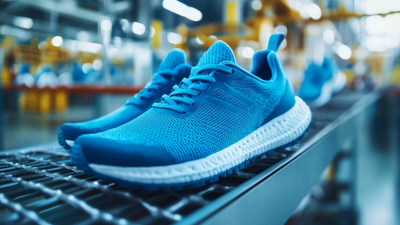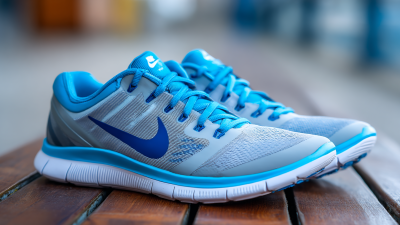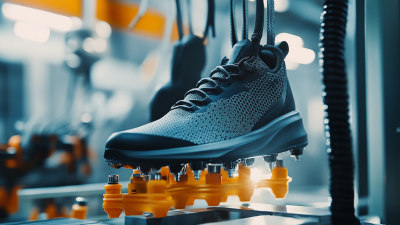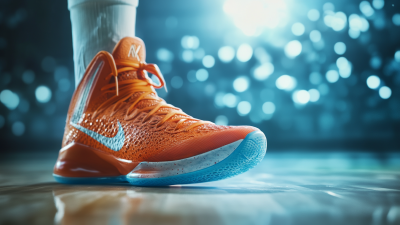
 Choosing the right racing shoes is a critical factor in achieving optimal performance and comfort during your races. With a plethora of options available on the market today, it can be overwhelming to select the perfect pair that fits your unique needs. Racing shoes are specifically designed to enhance speed and efficiency, but finding the ideal match involves understanding various aspects such as fit, weight, cushioning, and traction.
Choosing the right racing shoes is a critical factor in achieving optimal performance and comfort during your races. With a plethora of options available on the market today, it can be overwhelming to select the perfect pair that fits your unique needs. Racing shoes are specifically designed to enhance speed and efficiency, but finding the ideal match involves understanding various aspects such as fit, weight, cushioning, and traction.
Whether you’re a seasoned athlete or a newcomer to the racing world, knowing how to assess these features can significantly impact your overall racing experience. In this guide, we will explore essential tips and considerations that will help you navigate through the myriad choices and ultimately select the best racing shoes for your personal style and performance goals.
With the right pair, you can look forward to not just improved speed, but also increased comfort that allows you to push your limits on race day.
When selecting racing shoes, several key factors can significantly impact both your performance and comfort. First, consider the shoe's weight; lightweight options can enhance speed, making them ideal for racing. However, balance this with the level of cushioning you desire. Some runners prefer a minimalistic approach, while others benefit from additional support to safeguard against injuries during long races.
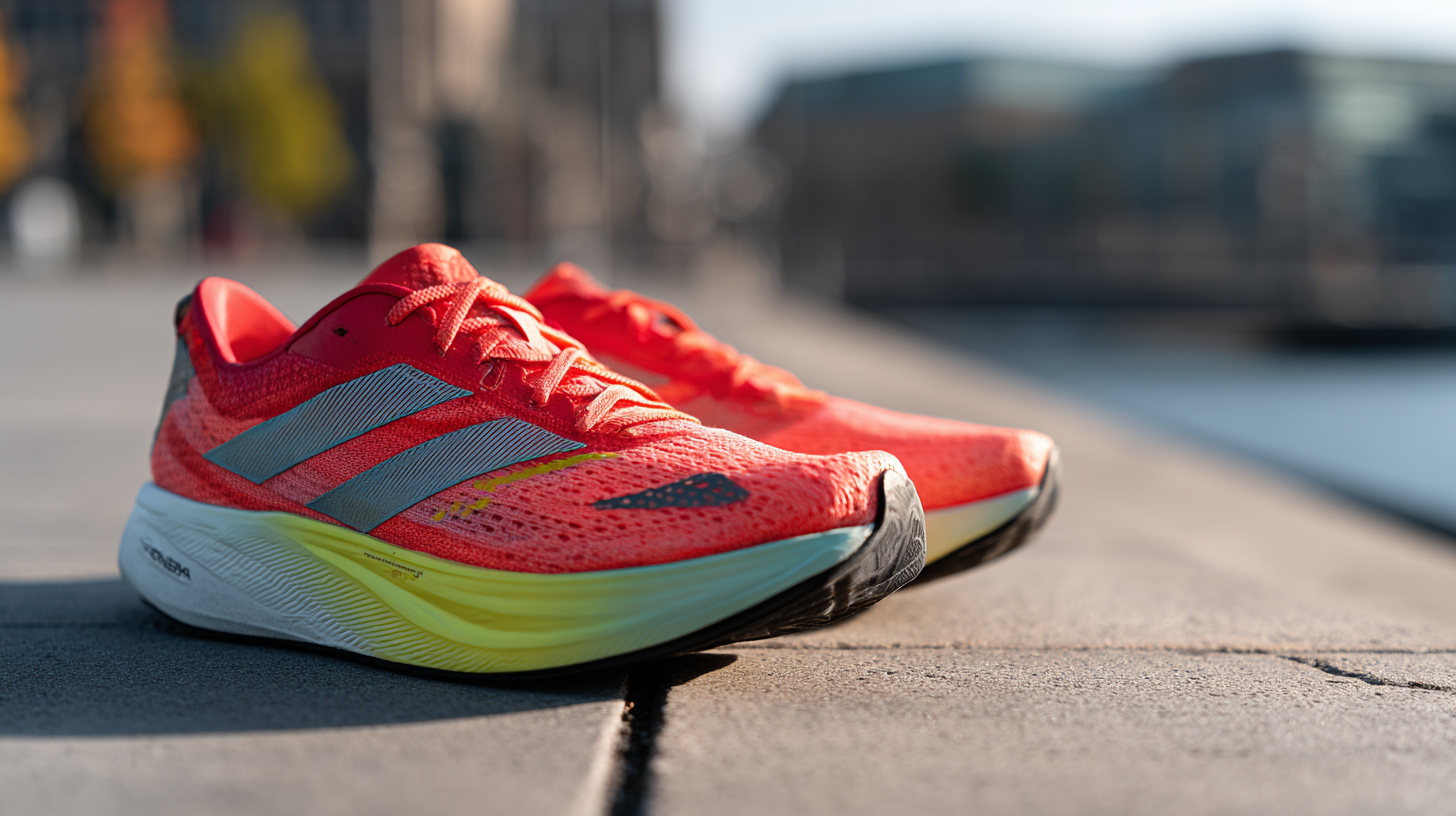
Another crucial aspect is the shoe's fit and shape. Ensure that you try on various models, paying attention to the heel cup, toe box, and arch support. A proper fit will not only improve your performance on race day but also reduce the risk of blisters and soreness.
Additionally, take into account the type of surface you will be racing on. Different shoes are designed for road, trail, or track, and choosing the right type will enhance your overall experience and efficiency. Finally, don’t forget to factor in your unique running style and foot mechanics, as custom features and designs can provide tailored support that translates to better race outcomes.
When it comes to racing, the weight of your shoes plays a critical role in your overall performance. Studies indicate that every ounce matters; reducing shoe weight can enhance your pace significantly. For instance, a report by the Journal of Sports Sciences reveals that athletes running with lighter shoes can improve their times by up to 2% compared to those in heavier footwear. This may seem small, but in competitive racing, even seconds can make a substantial difference.
When choosing race shoes, consider incorporating these tips: First, look for a shoe weighing under 8 ounces for optimal speed. Brands like Nike and Saucony have developed lightweight options that don’t compromise on support. Second, prioritize materials; breathable mesh uppers and lightweight foam can reduce weight without sacrificing comfort. Lastly, always try on shoes and run a short distance in them to ensure they feel right—comfort is paramount in addition to weight.
Lightweight racing shoes can significantly impact your speed and endurance on race day. According to research from the British Journal of Sports Medicine, runners equipped with lighter footwear report less fatigue and improved running economy. Selecting the right pair can propel your performance to new heights, making it essential for every serious runner to consider weight as a key factor in their shoe choice.
When selecting the best racing shoes, understanding shoe cushioning is crucial for both comfort and speed. Proper cushioning can significantly influence your running experience, alleviating impact and reducing fatigue during long distances. A well-cushioned shoe can absorb shock more effectively, allowing runners to maintain their form and efficiency. Brands are increasingly innovating in this area, offering a range of options that provide varying levels of support and responsiveness to cater to different running styles.
When evaluating cushioning, consider your running mechanics. Runners with a heel strike pattern may benefit from extra padding to soften landings, while those with a midfoot strike might prefer a more responsive feel to enhance speed. It’s essential to test different shoes to find the perfect balance between comfort and performance. Recent trends indicate that plush shoes are gaining popularity for their ability to provide both protection and a lively ride, ensuring that runners can perform at their best while minimizing the risk of injury.
When it comes to racing shoes, the importance of fit cannot be overstated. A pair of well-fitted shoes can be the difference between a personal best and a missed opportunity. Proper sizing ensures that your feet are secure without feeling constrained. Ideally, your shoes should provide enough room in the toe box to avoid blisters while holding your heel in place to prevent slippage. By prioritizing fit, you reduce the risk of injuries, allowing you to focus on achieving optimal performance.
In addition to comfort, the right fit can significantly impact your race times. A snug yet comfortable shoe supports your natural running mechanics, promoting an efficient stride. During races, every second counts, and discomfort can lead to fatigue, slowing you down. Therefore, it's crucial to spend time trying on various brands and models, considering factors like width, arch support, and materials. Investing in the right size and style not only enhances your overall racing experience but also empowers you to push your limits and achieve your goals.
When selecting the best racing shoes, understanding the sole type and its impact on traction is crucial for enhancing performance. The sole of a racing shoe significantly influences how well a runner can grip various surfaces, which is especially important on tracks or uneven terrains. A shoe with a carbon rubber outsole, for example, offers durability and superior traction, allowing athletes to maintain speed and stability even during sharp turns. The design of the tread pattern also plays a vital role; shoes with aggressive, multidirectional lugs provide an edge in traction, helping runners to push off powerfully and corner effectively.

Moreover, the flexibility of the sole affects not only traction but also comfort. A shoe that balances rigidity in the right areas while allowing for natural foot movement can optimize energy return, aiding performance. It's essential to consider how different sole types interact with the running surface as well. Waxed surfaces may require different traction features than grassy or muddy terrains. Therefore, understanding the specific requirements of your racing environment will guide you in choosing the right footwear that provides both optimal performance and the comfort necessary for tackling long distances.
